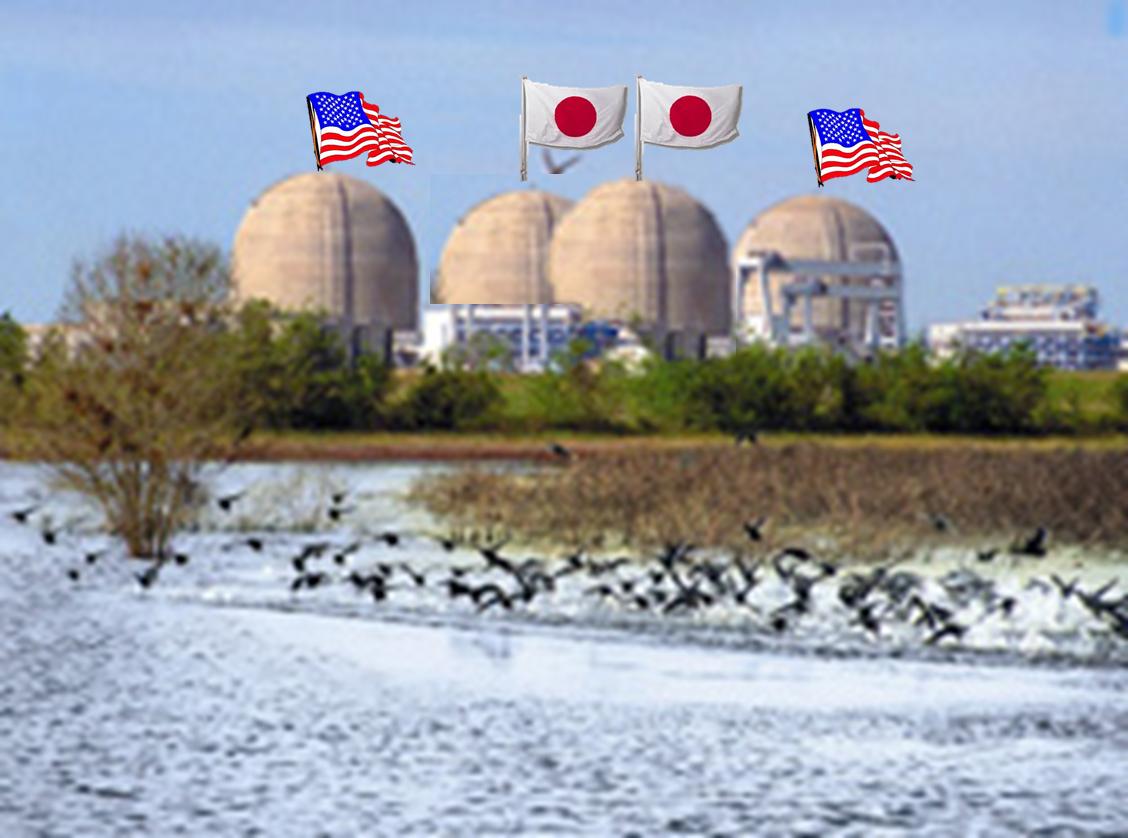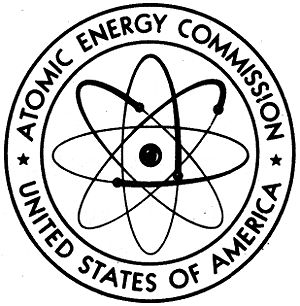NRC Says NINA Doesn’t Meet Their Requirements
 On Tuesday, the Nuclear Regulatory Commission told judges overseeing the licensing case for two proposed South Texas Project reactors that the applicant (NINA) is subject to foreign ownership control or domination requirements and does not meet the provisions of the Atomic Energy Act in this regard. This will help licensing opponents in the hearing that is anticipated this fall.
On Tuesday, the Nuclear Regulatory Commission told judges overseeing the licensing case for two proposed South Texas Project reactors that the applicant (NINA) is subject to foreign ownership control or domination requirements and does not meet the provisions of the Atomic Energy Act in this regard. This will help licensing opponents in the hearing that is anticipated this fall.
“This NRC notice is great for us as opponents of two proposed reactors at the South Texas Project,” said Karen Hadden, executive director of SEED Coalition, a group that has intervened in the licensing process, along with the South Texas Association for Responsible Energy and Public Citizen. “We hope that we’ll soon see clean, safe energy developed in Texas instead of dangerous nuclear power. We must prevent Fukushima style disasters from happening here.”
“Federal law is clear that foreign controlled corporations are not eligible to apply for a license to build and operate nuclear power plants. The evidence is that Toshiba is in control of the project and this precludes obtaining an NRC license for South Texas Project 3 & 4,” said Brett Jarmer, an attorney also representing the intervenors.
“Foreign investment in U.S nuclear projects is not per se prohibited; but Toshiba is paying all the bills for the STP 3 & 4 project. This makes it difficult to accept that Toshiba doesn’t control the project,” said Robert Eye.
Toshiba North America Engineering, or TANE, will assume exclusive, principal funding authority for the project, but they are a wholly owned subsidiary of Toshiba America, Inc, a Japanese corporation. Opponents contend that this makes them ineligible for licensing.
“National security and safety concerns justify NRC’s limits on foreign ownership and control of nuclear reactors,” said Karen Hadden, Director of the Sustainable Energy and Economic Development (SEED) Coalition. “What if a foreign company was careless in running a U.S. reactor? International allegiances are known to shift. Our own reactors could become a weapon to be turned against us in the future and be used to threaten civilians in a war against the U.S. The NRC is right to protect against this possibility.”
“Even if the reactors are operated by the South Texas Nuclear Operating Company, they will get their orders from foreign owners. What if their concerns are more about cost-cutting and less about safety?” asked Susan Dancer, President of the South Texas Association for Responsible Energy. “Japanese investors would have us believe that they can come to America and safely build, own and operate nuclear plants, and that we should not concern ourselves with passé laws and regulations, but the recent Fukushima disaster has demonstrated the flawed Japanese model of nuclear safety and the lack of protection afforded the Japanese people. In such an inherently dangerous industry, the American people deserve protection through federal law, including that our nuclear reactors are controlled by the people most concerned about our country: fellow Americans.”
“Foreign Ownership, Control or Domination policy is spelled out in the Atomic Energy Act (AEA) of 1954,” said Tom “Smitty” Smith, director of Public Citizen’s Texas Office. “In Section 103d it says that no license may be issued to an alien or any corporation or other entity if the Commission knows or has reason to believe it is owned, controlled, or dominated by an alien, a foreign corporation, or a foreign government.”
The NRC interprets this to mean that these entities are not eligible to apply for and obtain a license. According to Commission guidance, an entity is under foreign ownership, control, or domination “whenever a foreign interest has the ‘power,’ direct or indirect, whether or not exercised, to direct or decide matters affecting the management or operations of the applicant.” There is no set percentage point cut-off point used to determine foreign ownership. The factors that are considered include:
- The extent of foreign ownership
- Whether the foreign entity operates the reactors
- Whether there are interlocking directors and officers
- Whether there is access to restricted data
- Details of ownership of the foreign parent company.
For further information please visit www.NukeFreeTexas.org
To read the staff FODC determination letter, click here.




